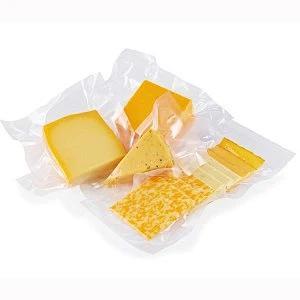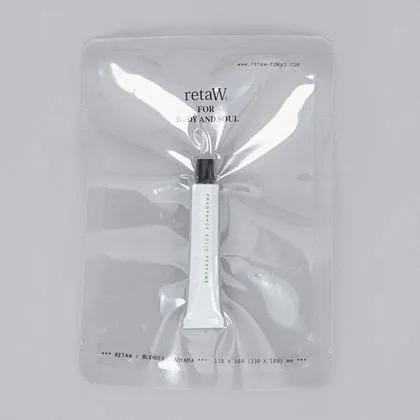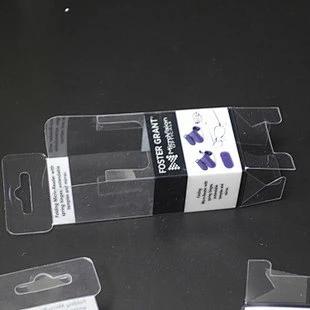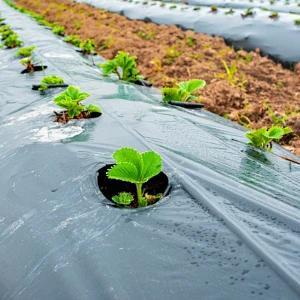23
2025
-
07
Development and Prospect of Biodegradable Film Materials
Author:
Chinafilm Group
Introduction: Plastic Pollution and Environmental Challenges
With the increasing global problem of plastic pollution, traditional plastic materials have become one of the major sources of global environmental pollution. Disposable plastic products, such as plastic bags and plastic packaging films, in particular, take hundreds of years to decompose in the natural environment, posing a serious threat to soil, water sources, and marine ecosystems. According to the United Nations Environment Programme ( UNEP ), an estimated 800 tons of plastic enter the ocean every year, threatening biodiversity and ecological balance.
To address this issue, the research and development of biodegradable materials has become a key area of focus for the global scientific and industrial communities. Biodegradable film materials, as an important component, have received widespread attention and application due to their ability to degrade into harmless substances under specific conditions.
This article will delve into the definition, types, research progress, application fields, and future development trends of biodegradable film materials, aiming to provide valuable references for industry professionals, researchers, and policymakers.
I. Definition and Classification of Biodegradable Film Materials

1.1 Definition of Biodegradable Materials
Biodegradable materials are materials that can gradually decompose into harmless substances in the natural environment through factors such as microorganisms, sunlight, and humidity. Unlike traditional plastic materials, biodegradable materials are more environmentally friendly, reducing the accumulation of plastic waste and lowering the risk of environmental pollution.
The degradation methods of biodegradable materials mainly include biodegradation and photodegradation:
- Biodegradation: Materials decompose under the action of microorganisms, eventually transforming into carbon dioxide, water, and other harmless substances.
- Photodegradation: Materials undergo chemical reactions under ultraviolet or sunlight irradiation, decomposing into small molecules and eventually transforming into harmless substances.
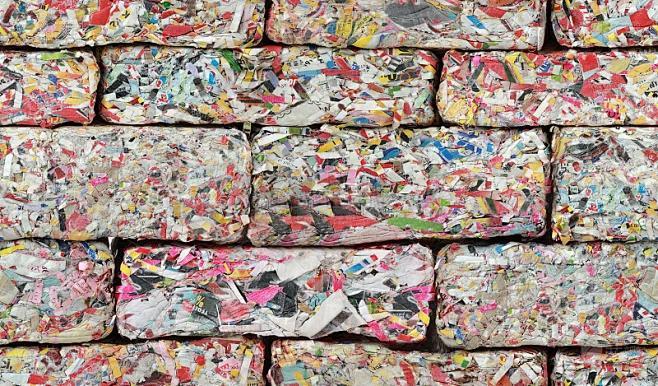
1.2 Classification of Biodegradable Film Materials
Biodegradable film materials can be classified according to their degradation methods, material composition, and application fields. The main classifications are as follows:
( 1 ) Bio-based biodegradable films
Bio-based biodegradable film materials are film materials mainly made from renewable resources (such as corn starch and sugarcane). These materials not only have biodegradability but can also rapidly degrade in the natural environment through biodegradation. Common bio-based biodegradable films include:
- Polylactic acid ( PLA ) film: Made from lactic acid extracted from corn starch or sugarcane through a polymerization reaction. The PLA film has good transparency and mechanical properties and is widely used in food and daily chemical packaging.
- Polyhydroxyalkanoates ( PHA ) film: A biodegradable plastic produced by microbial fermentation. The PHA film has excellent biodegradability and is suitable for high-end packaging, agricultural films, and other fields.
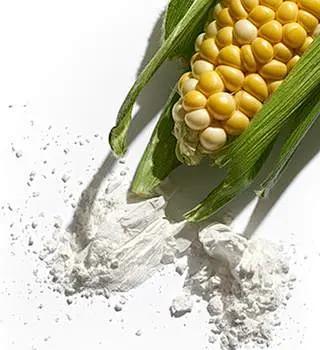
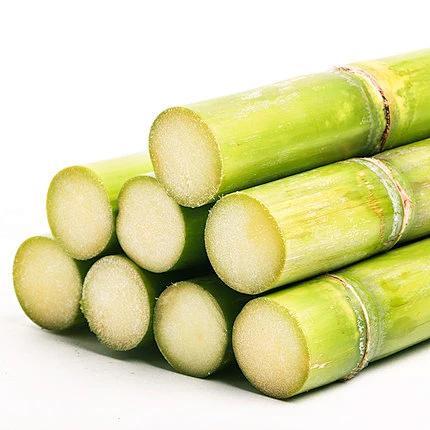
( 2 ) Petroleum-based biodegradable films
Petroleum-based biodegradable films are materials made from traditional petroleum-based plastics (such as polyethylene and polypropylene) by adding degrading agents or using special copolymer modifications. These materials can be decomposed by microorganisms within a certain period during degradation, and they have strong practicality and economy. Common petroleum-based biodegradable films include:
- Polyethylene ( PE ) / Polypropylene ( PP ) degradable films: By adding degrading agents (such as peroxides and photodegrading agents) to polyethylene or polypropylene, they can degrade in the natural environment in a shorter time.
- Biodegradable polyester films (such as PBAT 、 PBS ): These materials degrade rapidly in the environment and are suitable for various packaging needs, especially widely used in the electronics and food packaging industries.
( 3 ) Composite biodegradable films
Composite biodegradable films are usually composed of multiple bio-based or petroleum-based materials, compounded through lamination and co-extrusion processes to improve the mechanical properties, barrier properties, and processing properties of the materials. These films have superior performance. Common composite films include:
- PLA/PHA Composite films: By combining PLA and PHA materials, it can provide excellent mechanical properties while ensuring complete degradation of the material.
- PBAT/PBS Composite films: These films have better heat sealing properties, water resistance, and oil resistance, and are widely used in food packaging.
II. Research Progress of Biodegradable Film Materials
2.1 Research and Development of Bio-based Biodegradable Films
As an important direction in the environmental protection field, the research and development of bio-based biodegradable film materials mainly focuses on improving the degradation rate, improving mechanical properties, and reducing costs. In recent years, with the continuous advancement of technology, the performance of bio-based biodegradable films has been significantly improved, especially in polylactic acid ( PLA ) films, which have been transformed from laboratory research to large-scale production.
PLA Applications and Development of PLA films: The PLA films have performed well in food packaging and medical packaging, especially with advantages in transparency and printability. However, the PLA films have disadvantages such as poor low-temperature formability and poor heat sealing properties, so they face certain technical bottlenecks in practical applications. To overcome this bottleneck, researchers have improved the mechanical properties and processing properties of the
PHA Membrane Breakthrough: Polyhydroxyalkanoates (PHAs) PHA As a natural polymer material, polyhydroxyalkanoates (PHAs) possess excellent biodegradability and relatively high mechanical properties. PHA Membrane research and development mainly focuses on improving production efficiency, reducing production costs, and improving physical properties. Currently, PHA the cost of membranes has decreased by approximately 40% and has been widely used in agricultural films, food packaging films, and other fields.

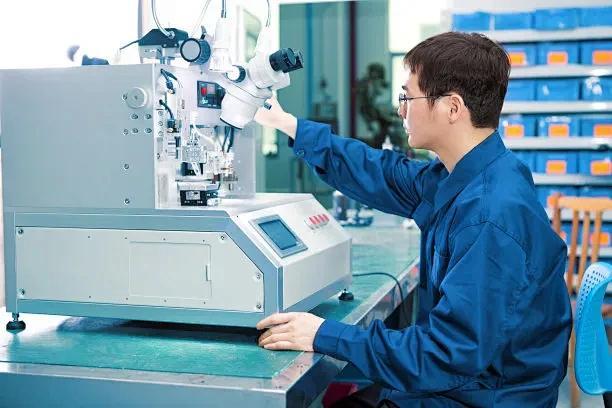
2.2 Research and Development of Oil-Based Biodegradable Films
The research and development of oil-based biodegradable films began with the degradation modification of traditional oil-based plastics. By using additives such as photodegradable agents and peroxide degradation agents, the degradation process of oil-based films can be accelerated under specific conditions. In recent years, researchers have developed a variety of oil-based biodegradable films with excellent degradation properties, such as PBAT films, PBS films, etc.
PBAT Membrane Applications: PBAT (Poly(adipate-co-terephthalate) - ) membranes have good heat sealability, mechanical strength, and environmental performance, and are widely used in food packaging, shopping bags, and other fields. PBAT Membrane R&D focuses on improving transparency and barrier properties, and achieving compatibility with traditional plastic production processes.
PBS Membrane Innovation: PBS (Polybutylene succinate) PBS films, with their good heat sealability and low production costs, have become an ideal biodegradable packaging material. Through modification,
2.3 researchers continuously improve their performance in water solubility, strength, and ductility to meet a wider range of market demands.
Research and Development of Composite Biodegradable Films
PLA/PHA The research and development of composite biodegradable film materials focuses on the application of multilayer co-extrusion and composite coating processes to optimize the performance of film materials. Through reasonable composite design, the mechanical strength, barrier properties, and heat sealability of the film can be improved without affecting the degradation performance. PLA and PHA Composite Membranes: This composite membrane combines PLA/PHA the advantages of two materials, improving the membrane's mechanical properties, transparency, and ductility while ensuring excellent degradability. Through molecular design and interface modification technologies, researchers have effectively improved
PBAT/PBS the application prospects of composite membranes. PBAT/PBS Composite Membranes: This composite membrane exhibits excellent heat sealability, moisture resistance, and oil resistance, and has strong biodegradability. It has been applied in food packaging, agricultural films, and other fields. By using modified polymers, cellulose nanomaterials, etc.,
the performance of composite membranes has been further improved.
3.1 III. Application Fields of Biodegradable Film Materials
Food Packaging
Food packaging is one of the most important application areas for biodegradable film materials. With increasingly stringent environmental regulations and growing consumer environmental awareness, traditional plastic packaging is gradually being replaced by biodegradable materials. Biodegradable films have good transparency, barrier properties, and processability, making them an ideal choice for food packaging. PLA Single packaging materials: such as PBAT films and
films, can be used for packaging snacks, frozen foods, dairy products, etc., with high transparency and good water resistance. PLA/PHA Composite packaging materials: such as PBAT/PBS composite films and
3.2 composite films, have shown excellent performance in ensuring the mechanical strength and heat sealability of packaging films.
Pharmaceutical Packaging PLA and PHA Pharmaceutical packaging has very high requirements for film materials, especially in terms of sterility, sealing, and biocompatibility. Biodegradable film materials can provide better packaging solutions for pharmaceutical products.
3.3 Biodegradable materials such as
are widely used in the pharmaceutical industry, especially in medical devices and drug outer packaging. PLA films, PBAT Agricultural Films
3.4 Agricultural films play an important role in greenhouse cultivation, crop covering, and irrigation. Traditional agricultural films usually use oil-based plastics, but these films are often unable to degrade after use, causing serious white pollution. The emergence of biodegradable film materials has provided the possibility for environmentally friendly alternatives to agricultural films.
Materials such as
have good development prospects in the field of agricultural films.
4.1 Electronic Product Packaging
With the popularization of electronic products, the environmental protection requirements for electronic product packaging are also gradually increasing. Due to their excellent barrier properties, transparency, and heat sealability, biodegradable film materials are gradually becoming the ideal choice for electronic product packaging. Especially in the outer packaging of mobile devices and home appliances, the use of biodegradable film materials will help reduce the impact on the environment.

4.2 IV. Prospects and Challenges of Biodegradable Film Materials
Future Outlook
- Biodegradable film materials, as a green and environmentally friendly packaging solution, will be widely used in various industries in the future. With continuous technological advancements and gradually decreasing production costs, the market demand for biodegradable film materials will continue to expand, becoming an important direction for plastic alternative materials.
- Continuing Challenges
- Although biodegradable film materials have broad application prospects, they still face some challenges in their actual promotion:
Higher production costs: Especially the production costs of bio-based materials are relatively high, which restricts the popularization of their large-scale application.
Biodegradable film materials, as an environmentally friendly packaging material, are leading the green revolution in the plastics industry. With continuous technological innovation and expanding application fields, biodegradable film materials will play an even more important role in the future. Through interdisciplinary cooperation and technological breakthroughs, the industry will overcome current challenges, promote the widespread application of biodegradable film materials, and thus achieve a more sustainable green circular economy.
Degradable film,Environmental protection,Sustainable development
Latest News
2025-07-24
Research and Application of a Novel Soft Pouch Film
Chinafilm Group provides a comprehensive analysis of the new soft pouch film industry, covering its definition, core technologies, performance advantages, practical applications, typical cases, and future trends. This analysis offers a systematic cognitive framework and practical reference for material developers, packaging designers, brand owners, and end-users.
2025-07-23
Development and Prospect of Biodegradable Film Materials
Chinafilm Group will delve into the definition, types, R&D progress, application fields, and future development trends of biodegradable film materials, aiming to provide valuable reference for industry practitioners, researchers, and policymakers.
2025-07-18
Stretch film “not sticky enough” or “too sticky”? Understand the secret of stickiness in this article
Zhongmo Group comprehensively reveals the composition principle and common problems of cling film viscosity, and provides practical film selection suggestions and processing solutions to help you accurately select films, reduce losses, and improve efficiency.
2025-07-17
What should be paid attention to when using cling film packaging during the rainy season/high temperature weather?
As the last line of defense in packaging, the stability and weather resistance of stretch film directly affect the transportation safety and brand image of products. Therefore, rationally selecting stretch film with stronger weather resistance and taking corresponding measures in packaging and storage are key to improving packaging quality and reducing cargo damage rates.
2025-07-10
No more waste! 5 practical tips to save cling film usage
Saving cling film doesn't mean sacrificing safety; it means achieving true cost reduction and efficiency improvement through scientific methods and systematic optimization.


